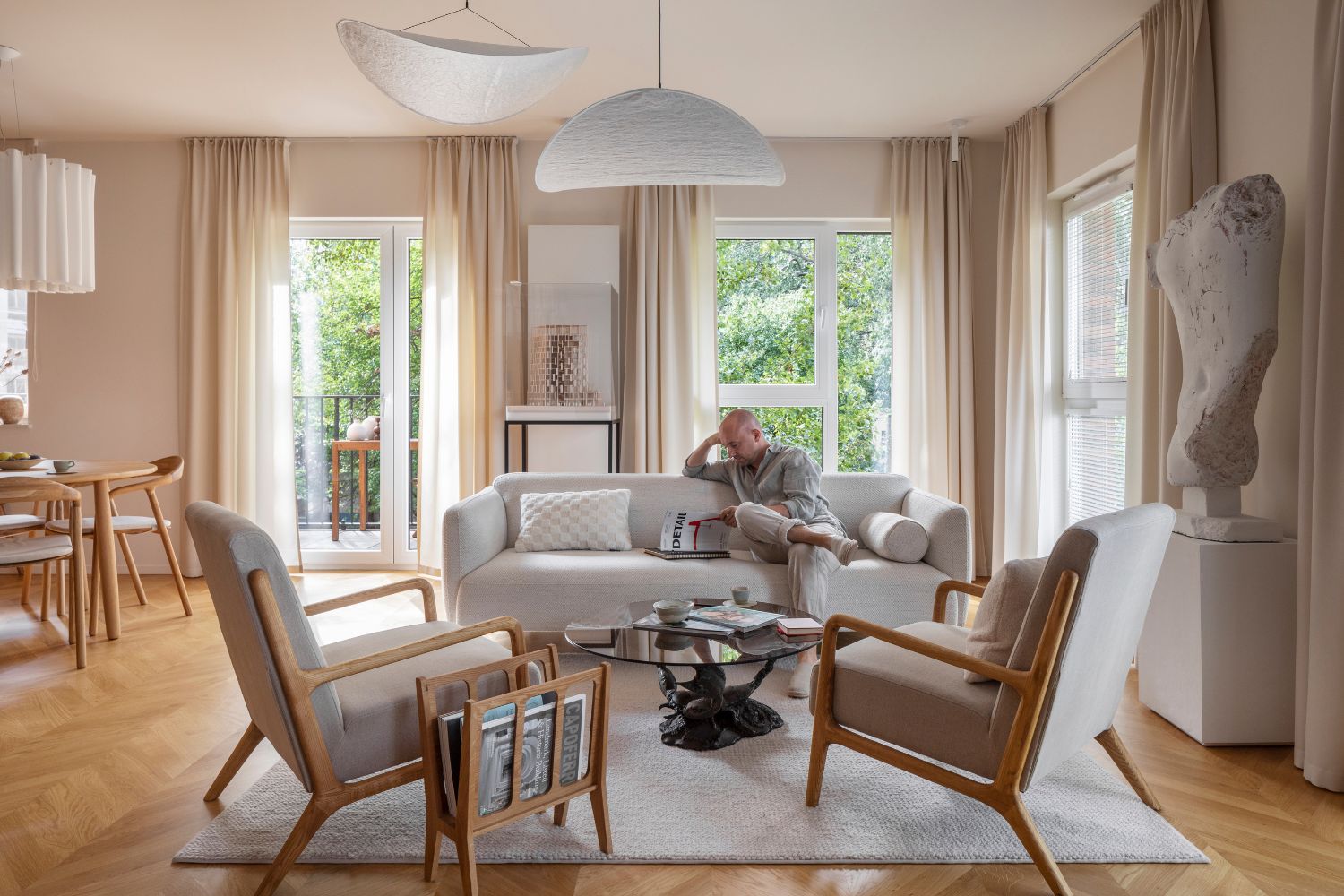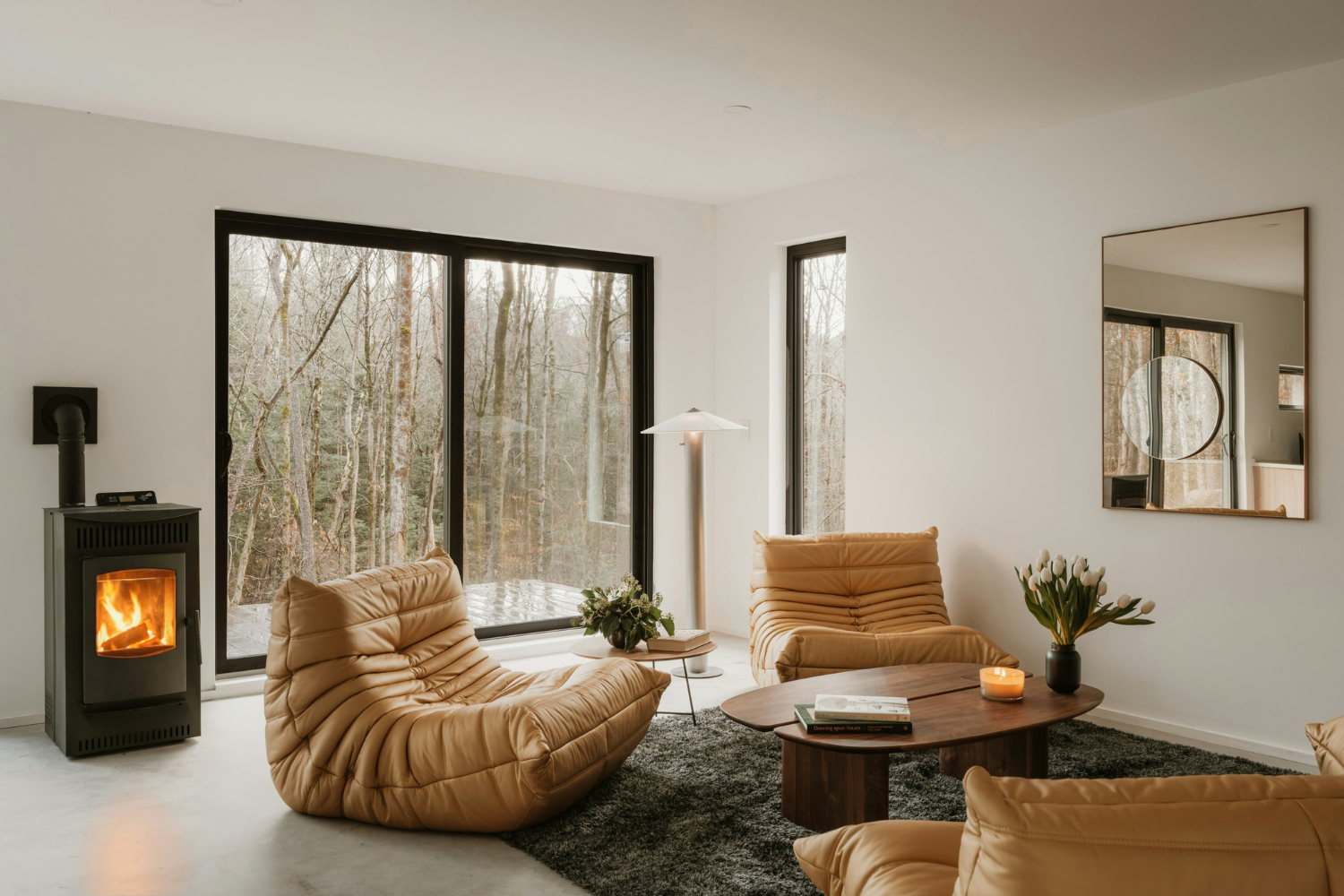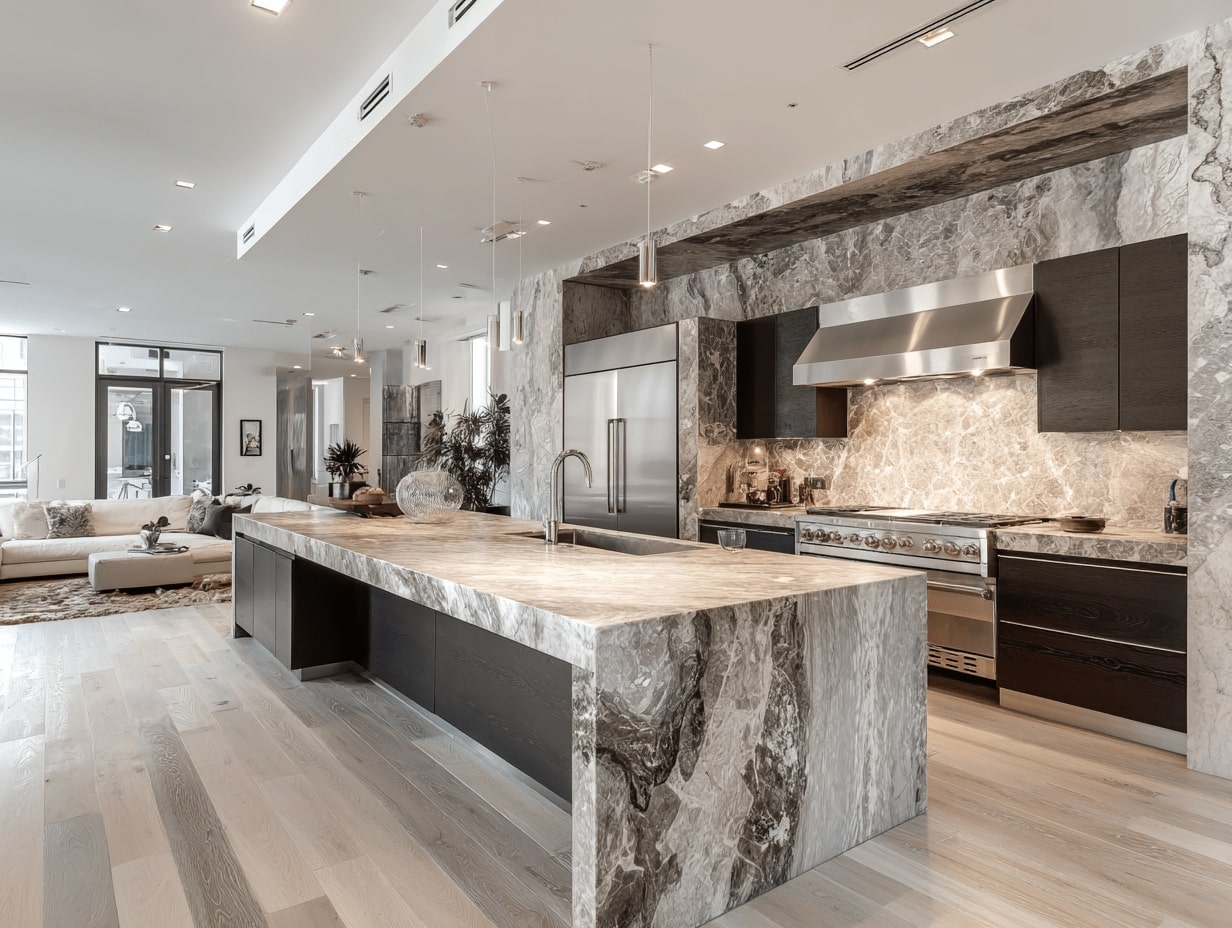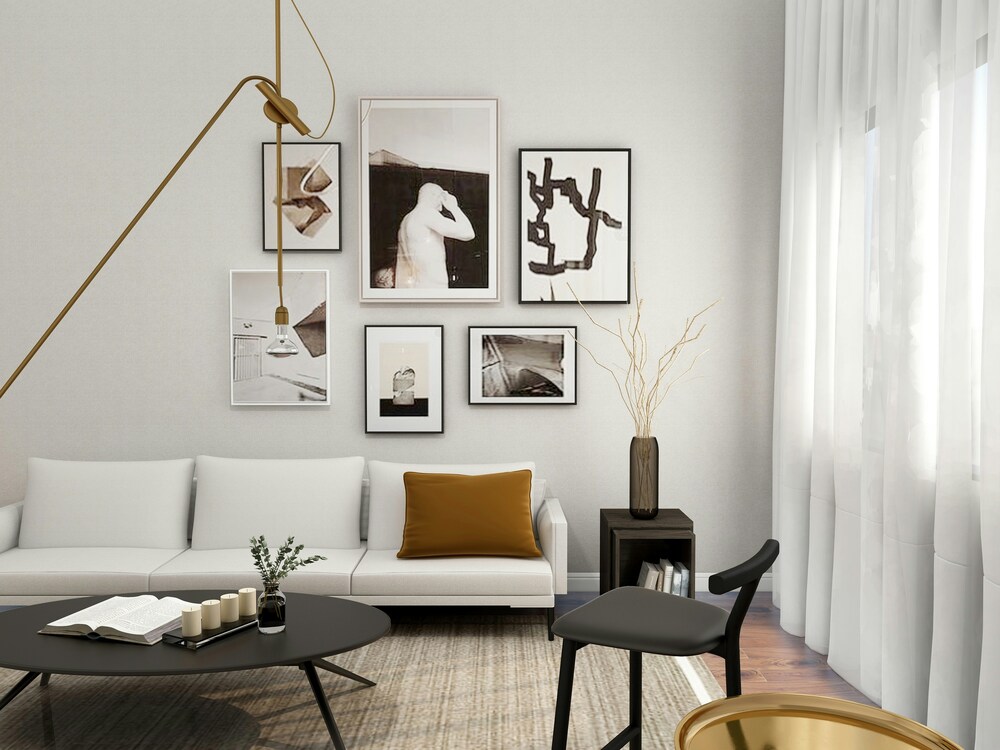- Home
- Articles
- Architectural Portfolio
- Architectral Presentation
- Inspirational Stories
- Architecture News
- Visualization
- BIM Industry
- Facade Design
- Parametric Design
- Career
- Landscape Architecture
- Construction
- Artificial Intelligence
- Sketching
- Design Softwares
- Diagrams
- Writing
- Architectural Tips
- Sustainability
- Courses
- Concept
- Technology
- History & Heritage
- Future of Architecture
- Guides & How-To
- Art & Culture
- Projects
- Interior Design
- Competitions
- Jobs
- Store
- Tools
- More
- Home
- Articles
- Architectural Portfolio
- Architectral Presentation
- Inspirational Stories
- Architecture News
- Visualization
- BIM Industry
- Facade Design
- Parametric Design
- Career
- Landscape Architecture
- Construction
- Artificial Intelligence
- Sketching
- Design Softwares
- Diagrams
- Writing
- Architectural Tips
- Sustainability
- Courses
- Concept
- Technology
- History & Heritage
- Future of Architecture
- Guides & How-To
- Art & Culture
- Projects
- Interior Design
- Competitions
- Jobs
- Store
- Tools
- More
USA House Design Ideas: Inspiration for Your Dream Home Transformation
Discover inspiring USA house design ideas that blend traditional charm with modern trends. Explore diverse styles, from Colonial symmetry to minimalist modern, eco-friendly designs, and regional influences like Southern porches or West Coast indoor-outdoor living. Learn how to personalize your space with stylish tips and create a functional, unique home that reflects your lifestyle.

Designing a home is more than just choosing walls and windows—it’s about creating a space that reflects who we are and how we live. In the USA, house design ideas are as diverse as the landscapes themselves, blending timeless charm with modern innovation. From cozy farmhouse aesthetics to sleek contemporary styles, there’s no shortage of inspiration to craft a home that feels uniquely ours.
As we reimagine our living spaces, it’s essential to draw from designs that balance functionality and personality. Whether we’re dreaming of open-concept layouts, eco-friendly materials, or classic architectural details, the possibilities are endless. Let’s explore some of the most inspiring house design ideas that can transform any space into a true reflection of our lifestyle and taste.

Table of Contents
ToggleTraditional American Home Styles
Traditional American home styles showcase timeless architecture and unique regional influences. These designs bring a sense of history and character to modern living spaces.
Colonial Designs
Colonial designs feature symmetrical facades, central entry doors, and evenly spaced windows. Typically inspired by European styles, they often include brick or wood exteriors and pitched roofs. Interiors emphasize formal layouts with designated dining and living areas. Homes like these work well for families seeking structure and elegant charm.
Cape Cod Homes
Cape Cod homes offer simple, cozy appearances with steep-pitched roofs, dormer windows, and central chimneys. Originating in New England, their design protects against harsh weather. These homes make efficient use of space with compact layouts and open fireplaces. Cape Cod designs appeal to those who value practicality and warmth.
Victorian Architecture
Victorian architecture stands out with intricate details, elaborate trim, and asymmetrical façades. Features include wrap-around porches, bay windows, and decorative elements like spindlework. Popular during the late 19th century, these homes often showcase multiple stories and ornate interiors. They cater to those drawn to historical charm and intricate aesthetics.

Modern House Design Trends In The USA
Modern house designs in the USA focus on clean aesthetics, functionality, and environmental consciousness. These trends incorporate contemporary approaches to layout, material use, and energy efficiency.
Minimalist Homes
Minimalist homes emphasize simplicity and functionality. Flat roofs, neutral color palettes, and expansive windows define this style. These designs reduce clutter by using built-in storage solutions and multi-functional furniture. For instance, open shelving and wall-mounted desks maximize space in smaller footprints. The minimalist approach often integrates natural materials like concrete and wood to maintain a sleek yet warm ambiance.
Open-Concept Living
Open-concept living connects key spaces like the kitchen, dining, and living areas. This layout fosters social interaction and creates an airy, spacious feel. Sliding glass doors or retractable walls further enhance this openness by blending indoor and outdoor spaces. It’s common to find this in modern ranch-style homes or urban lofts in major US cities, where maximizing natural light is a priority.
Sustainable and Eco-Friendly Designs
Sustainable and eco-friendly designs prioritize energy efficiency and environmentally conscious materials. Solar panels, energy-efficient appliances, and smart home technology often feature prominently. Homes utilize reclaimed wood, bamboo, or recycled steel to minimize their environmental footprint. Green roofs and rainwater collection systems are popular in areas like California and the Pacific Northwest, where sustainability efforts are highly encouraged.

Regional Influences On USA House Design
Regional characteristics shape American house designs, reflecting local climates, materials, and traditions. Distinct styles emerge in different parts of the country, providing diverse inspiration for homeowners.
Southern Charm
Southern house design embraces warm climates and hospitality with features that enhance comfort and elegance. Wide front porches, often adorned with columns or shutters, create inviting outdoor seating areas perfect for relaxing evenings. High ceilings and large windows promote airflow, an essential design element in hot, humid conditions. Many Southern homes make use of natural materials like brick, wood, or stucco, reflecting the area’s history and resources.
West Coast Modern
West Coast architecture prioritizes indoor-outdoor living, responding to the region’s temperate weather and scenic views. Open floor plans with expansive glass doors seamlessly blend interior spaces with patios or gardens. Mid-century modern influences, seen in clean lines and flat planes, dominate these designs. Materials such as concrete, glass, and recycled wood showcase sustainability while ensuring a contemporary aesthetic. Features like rooftop decks and sliding walls enhance functionality and style in urban environments.
Northeastern Classic Styles
Northeastern homes often draw from Colonial and Georgian architectural traditions, characterized by simplicity and symmetry. Formal facades with pitched roofs, dormer windows, and central chimneys stand out in this region. Material choices like brick and stone provide durability against harsh winters. Inside, design accents often include traditional wood paneling, fireplaces, and compact layouts, creating a cozy atmosphere. Clapboard or shingle siding further connects these homes to their historic and coastal heritage.
Incorporating Personal Style Into Your Home
Infusing personal style into home design enhances individuality and creates a unique living environment. Exploring customized interiors and combining modern with traditional elements can achieve a harmonious and personalized aesthetic.
Customizing Interiors
Tailoring interior spaces to fit lifestyle preferences creates a functional and personalized home. Selecting furniture that aligns with specific needs is key—such as using modular sofas for flexible living rooms or ergonomic chairs for home offices. Personalizing color schemes through paint, wallpaper, or textured finishes helps set the desired mood, from calm neutrals to vibrant accent walls. Including artwork, photographs, or memorabilia fosters a sense of identity, while custom-built storage like shelving units or concealed cabinetry maximizes utility without sacrificing style.
Lighting design also shapes interiors significantly. Installing dimmable fixtures, task lighting for work areas, and statement pendant lights for focal points balances functionality with ambiance. Incorporating diverse textures with rugs, cushions, or curtains makes spaces feel layered and inviting, enhancing comfort.
Blending Modern and Traditional Elements
Mixing modern and traditional aesthetics combines timeless appeal with innovative functionality. Adding contemporary furniture to rooms with classic architectural details, such as Victorian moldings or Colonial wood paneling, merges old-world intricacy with modern simplicity. In kitchens, pairing sleek granite countertops with vintage-inspired hardware or cabinetry melds styles effectively.
Combining neutral modern tones with traditional patterns like floral or geometric textiles maintains balance, while modern lighting fixtures against antique designs create compelling contrasts. In outdoor spaces, integrating modern materials like steel or concrete into traditional gardens or porches enhances durability without losing charm. By blending these elements thoughtfully, homes uniquely reflect both personal tastes and historical influences.

Tips For Finding USA House Design Inspiration
Exploring diverse sources of inspiration can make designing your dream home an enjoyable and creative process. By leveraging online tools, physical tours, and professional expertise, we’ve found that the journey becomes more structured and effective.
Online Resources
Using the internet provides access to extensive house design ideas. Websites like Houzz, Pinterest, and Architectural Digest offer thousands of curated images and articles on various home styles, from modern minimalism to rustic charm. Virtual tours on real estate platforms such as Zillow and Realtor.com showcase layout options, materials, and finishes. We recommend saving designs you love for easy reference.
Touring Model Homes
Visiting model homes offers a hands-on experience to visualize layouts and finishes. Many builders showcase homes in new developments with features that reflect modern trends and practical designs. Walking through these homes helps us understand what layouts feel functional, how spaces flow, and which elements enhance comfort. Check local open house listings or parade-of-homes events for opportunities.
Working With Designers
Collaborating with professional designers brings expertise tailored to your preferences. Interior or architectural designers translate your vision into practical plans while considering materials, space constraints, and style consistency. We suggest consulting designers who specialize in your desired aesthetic, whether classic, modern, or eclectic. Sharing mood boards or inspiration pics helps them align with your ideas seamlessly.
Conclusion
Exploring USA house design ideas provides limitless opportunities to create spaces that reflect individuality and lifestyle. By embracing traditional elements like Colonial symmetry or Cape Cod practicality and blending them with modern trends such as open-concept layouts or eco-friendly solutions, we can achieve a design that’s both functional and visually appealing. Regional influences, from Southern porches to West Coast indoor-outdoor living, further inspire us to tailor our homes to their surroundings while ensuring comfort and utility.
Incorporating personal touches, whether through customized interiors or a mix of modern and classic elements, allows homes to tell a unique story. Drawing inspiration from various sources, including online platforms, model homes, and design professionals, simplifies the creative process and ensures designs align with both vision and practicality.
- American house styles
- bathroom design inspiration
- contemporary house plans USA
- creative home design ideas
- dream house concepts
- eco-friendly home designs
- home decor ideas USA
- home remodeling ideas USA
- home transformation ideas
- House design inspiration
- house makeover inspiration
- interior design ideas USA
- kitchen transformation tips
- living room design ideas
- luxury home design inspiration
- modern home design ideas
- residential architectural ideas
- small home design concepts
- traditional American home designs
- US house renovation tips
- USA home designs
Submit your architectural projects
Follow these steps for submission your project. Submission FormLatest Posts
BXB Studio’s Hybrid Interior: Redefining the Modern Architectural Workplace
The Warsaw headquarters of BXB Studio was established in a modest 70...
5 Must-Know Interior Design Trends in American Homes
From warm minimalism to bold oversized artwork, these five interior design trends...
How Open Kitchens Create a Sense of Space Indoors (Without Sacrificing Function)
Open kitchens: see how sightlines, lighting, and smart layouts make rooms feel...
The Revival of Chunky Fiber Crafts in Modern Interior Design
Contemporary interior architecture has shifted away from hard minimalism. After a decade...












Leave a comment